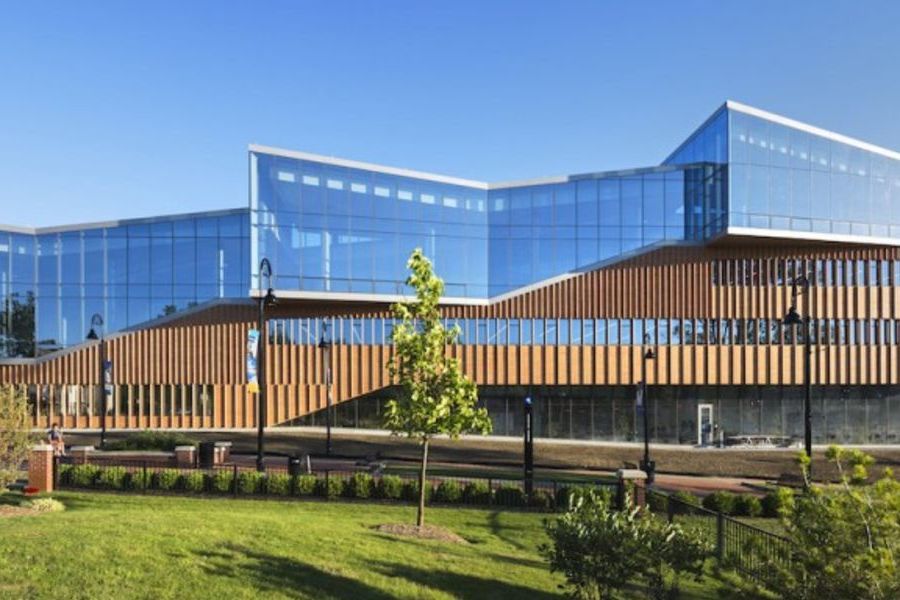College of Arts and Sciences

Nuclear physics researchers at Kent State University and all over the world have been searching for violations of the fundamental symmetries in the universe for decades. Much like the “Big Bang” (approximately 13.8 billion years ago), but on a tiny scale, they briefly recreate the particle interactions that likely existed microseconds into the formation of our universe which also likely now exist in the cores of neutron stars.

They remember the sights and sounds of helicopters and trucks as the Ohio National Guard moved into their small college town. They remember the smell of tear gas. They remember the chants of the protesters against the Vietnam War and invasion of Cambodia. They remember the panic and fear that ensued immediately after they heard that four students were killed and nine wounded when the guardsmen opened fire on campus. On May 4, 1970, many people in Kent experienced a traumatic event that they will never forget.

Kent State University psychology professor John Gunstad, Ph.D., has received at grant of nearly $2.6 million from the National Institutes of Health to expand his Alzheimer’s disease research into a national study.


In early February, scientists reported the hottest temperature on record in Antarctica: 65 degrees Fahrenheit. Studies show climate change is disproportionately affecting the poles, warming them faster than anywhere else on Earth, and raising questions about what kinds of changes we can expect in arctic ecosystems as temperatures rise. A Kent State University biologist has teamed up with some colleagues in an inter-institutional effort to answer some of those questions.



In 1901, the 16 Major League Baseball teams produced 455 home runs. Players were discouraged from attempting it. Nearly 120 years later, players couldn’t seem to help themselves, and MLB smashed all previous records. More homers might mean more exciting games, but some people question why the spike happened. A Kent State University chemist thinks he has some clues about this unusual surge in home runs.